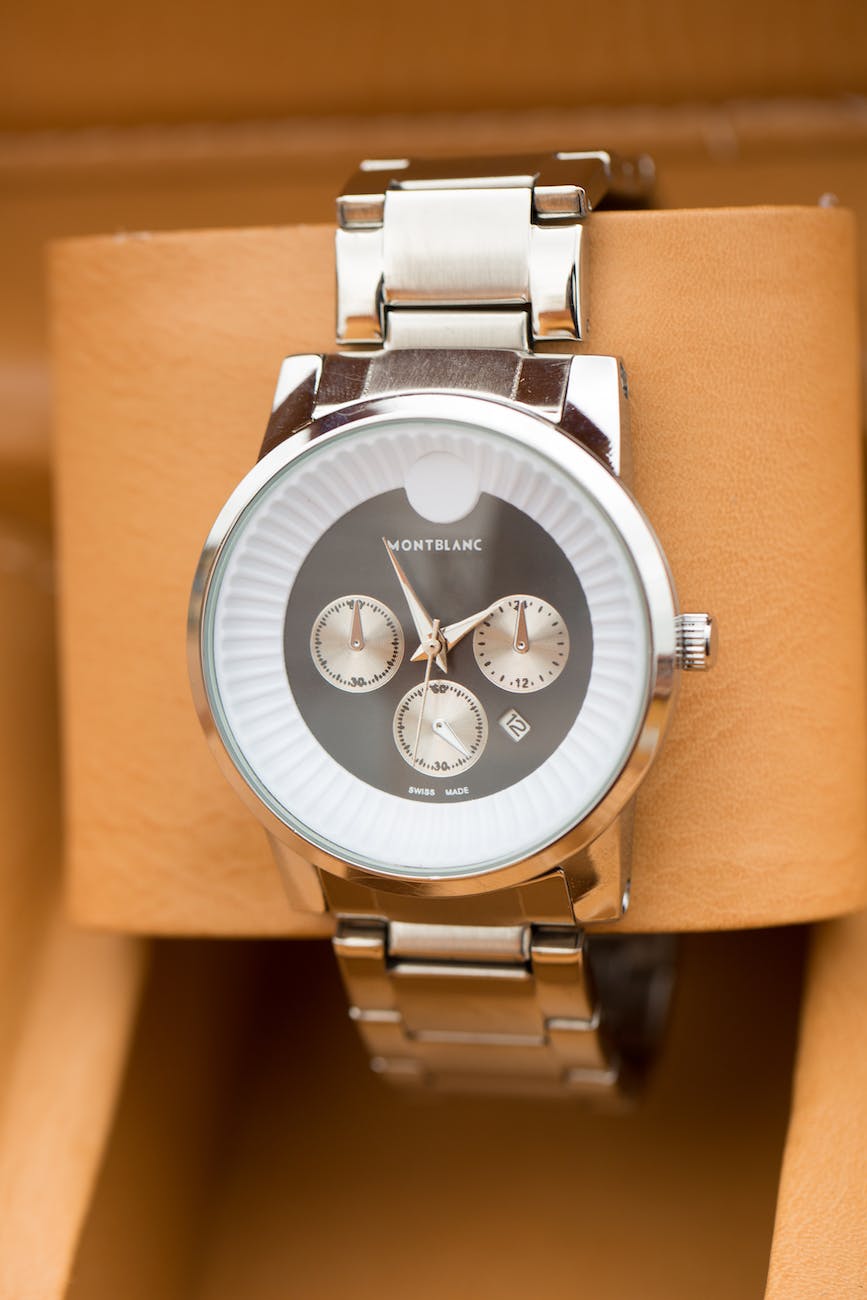handmade watch finishing techniques: polishing watches, brushing, and texturing
When it comes to creating high-quality watches, attention to detail is crucial. Every component of a timepiece is carefully crafted and meticulously finished to ensure its beauty and functionality. One important aspect of watchmaking is the finishing techniques applied to various parts of the watch. These techniques include polishing, brushing, and texturing, which give the watch its final aesthetic appeal. In this article, we will explore these handcrafted finishing techniques and their significance in the world of watchmaking.
What is watch finishing and why is it important?
Definition of watch finishing
Watch finishing refers to the processes and techniques used to enhance the appearance and quality of a watch’s components. It involves refining the surfaces, removing imperfections, and adding decorative elements to create a visually appealing and high-performing timepiece.
Importance of watch finishing in the industry
In the competitive world of watchmaking, the finishing of a watch plays a significant role. It distinguishes a high-end timepiece from a mass-produced one. Finely finished watches are highly sought after by collectors and enthusiasts, as they signify craftsmanship, attention to detail, and luxury.
How watch finishing adds value to the timepiece
Finishing techniques elevate the value of a timepiece by showcasing the skill and artistry of the watchmaker. A well-finished watch demonstrates the mastery of handcraftsmanship and attention to detail, making it a unique and precious piece of wearable art.
Polishing Techniques
Introduction to polishing process
Polishing is a key watch finishing technique used to create smooth, shiny surfaces. It involves the use of abrasives, such as diamond paste or ceramic compounds, to remove scratches, imperfections, and oxidation from the watch components.
Types of polish used in watch finishing
Watchmakers use different types of polish depending on the material being finished. For example, metals like stainless steel and precious metals like gold or platinum require different polishes to achieve the desired finish.
Step-by-step guide to polishing a watch
The process of polishing a watch involves several steps. First, the watch is disassembled, and the components are thoroughly cleaned. Then, using various grits of abrasive materials, the watchmaker gradually removes scratches and imperfections from the surfaces. Finally, the watch is buffed to a mirror-like shine, leaving it with a stunning polished finish.
Brushing Techniques
What is brushing in watch finishing?
Brushing is another popular technique used in watch finishing. It involves creating a textured surface by using abrasive brushes or sandpaper to create parallel lines or a matte finish. This technique is frequently applied to watch cases, bracelets, and other visible surfaces.
Benefits of brushed finishes on watches
Brushed finishes not only add a distinctive look to a watch but also help to mask scratches and small imperfections that may occur during regular wear. Additionally, brushed surfaces are less prone to showing fingerprints and smudges, making them easier to maintain.
Brushing techniques used in watchmaking
Watchmakers employ various brushing techniques to achieve different effects. Some common techniques include florentine finish, which creates a diamond-shaped pattern, and côtes de Genève, a decorative technique that adds a striped pattern to the watch’s surface.
Texturing Techniques
What is texturing in watch finishing?
Texturing involves creating patterns or textures on the surfaces of a watch using various techniques. These textures can range from intricate engravings to more subtle frosted or blasted finishes. Texturing adds depth and visual interest to the watch, making it truly unique.
Popular texturing methods used in watchmaking
Watchmakers use different methods to achieve texturing effects. Some popular techniques include engraving, etching, pearl blasting, and frosting. Each technique results in a distinct texture that enhances the watch’s overall design.
How texturing enhances the aesthetic appeal of watches
Texturing techniques add a sense of artistry and individuality to a watch. Whether it’s a beautifully engraved dial or a frosted case, these textures catch the light in unique ways, creating visual interest and making the watch stand out.
Combining Finishing Techniques
How different watch finishing techniques are combined
In order to create truly exceptional timepieces, watchmakers often combine different finishing techniques. For example, a watch may feature a polished bezel, a brushed case, and engraved details on the dial. This combination of finishes adds depth and complexity to the watch’s design.
Examples of watches with combined finishing techniques
Many luxury watches showcase the artistry of combining multiple finishing techniques. A watch with a black polished dial and chamfered edges, for instance, demonstrates the masterful combination of various finishes to create a visually stunning timepiece.
Challenges in combining various finishing techniques
Combining different finishing techniques requires precision and skill. Watchmakers must carefully plan and execute each step to ensure that the finishes complement each other harmoniously. Any misstep could result in an inferior quality or aesthetically unpleasing timepiece.
